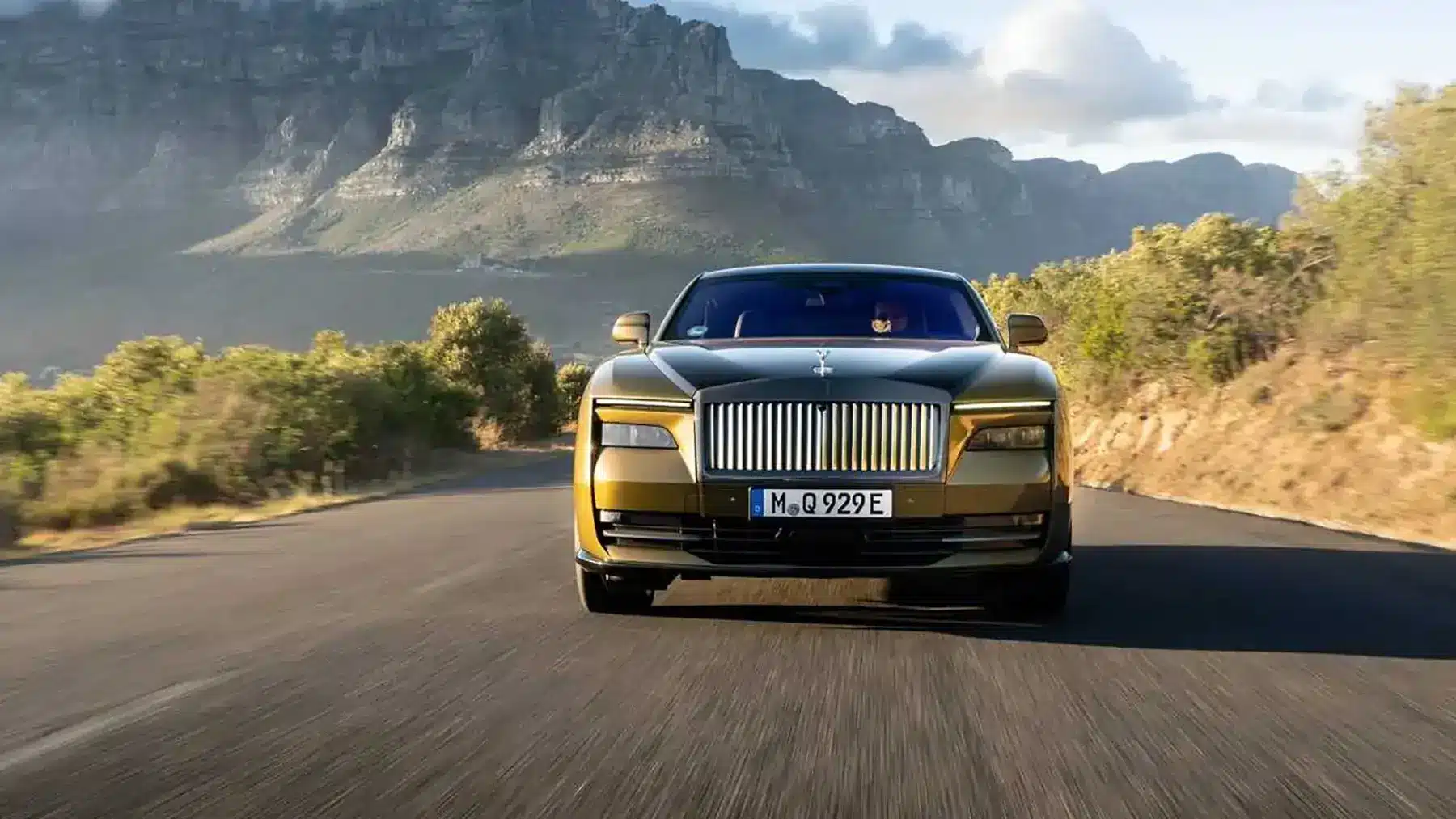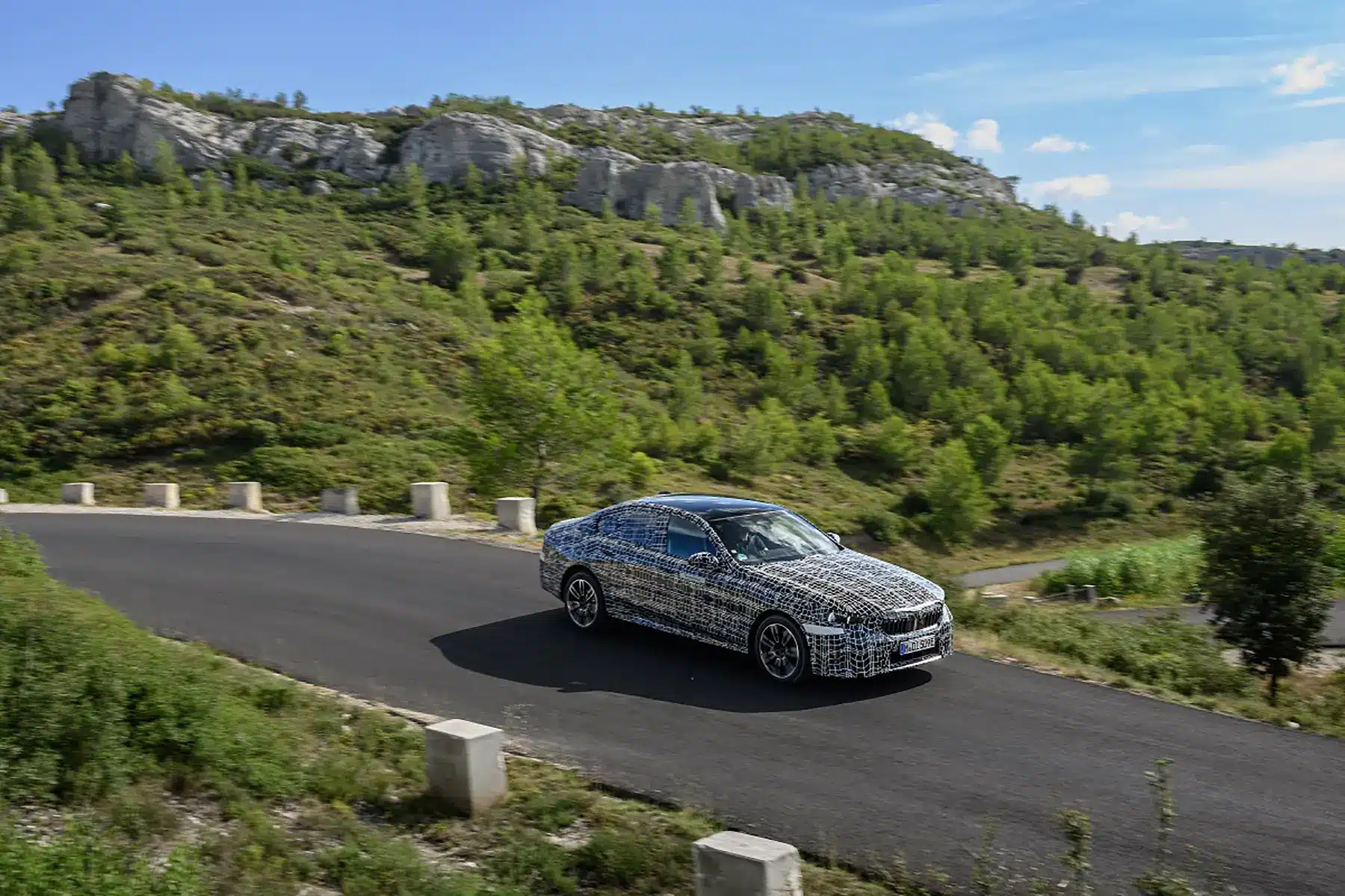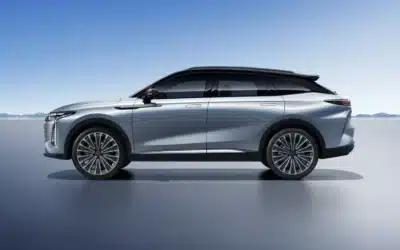
When you’re driving in a very hot country, it’s crucial that you can rely on your car not to malfunction or leave you stranded by the roadside, sweltering in the sun. Why does it happen and what can be done about it?
The main problems in electric cars can arise from the battery. Think of it like a (much larger) mobile phone. You’ve probably left your phone in the sun too long, causing the battery and internal components to overheat. This can result in a shutdown or the battery draining very quickly. The same risks exist with electric vehicles. The cars and batteries need to be specially designed and tested for use in hot conditions.
The main consideration is battery charging and discharging efficiencies relative to the optimum temperature for managing the performance of the vehicle.
Normally, the batteries would perform at their optimum at temperatures around 20C. So, in the summer, when temperatures rise over 40C, it’s important to make sure that the venting on the EV’s battery can keep it at the right temperature to maintain the car’s driving performance. Very importantly for the driver and passengers, it must also deliver the air conditioning performance that’s needed in this scorching environment.
Jonathan Pollack, Managing Director for emerging brands for the Al Futtaim Group, which distributes BYD cars in the UAE, explains. “The reason that it’s important to test the BYD products within the region, and particularly within these specific conditions, is, of course, because it’s absolutely real world. And that real world is quite extreme when compared to the majority of the global environments.”
He continues: “What’s particularly challenging about this region is the ability for batteries within electric vehicles to effectively deliver their optimum performance because of the high temperatures. The reason that the BYD product is suitable for the region is because it has a unique thermal venting system to the battery that is used in both EV products for BYD and in the plug-in hybrid product.”
The testing regime on the BYD vehicle puts the car through extreme but varying conditions, whether it’s different road surfaces – in the city, in the mountains or on cross-country highways – or in different temperatures and driving conditions to test the durability, the quality and the reliability of all of the functions of the vehicle, but particularly the batteries.

It’s not just BYD that does this kind of hot weather testing. At the top end of the market, Rolls Royce has done more than 2 million km of road testing of its first full EV, the Spectre, in the summer heat of South Africa.
BMW has also been doing extreme weather testing for its forthcoming i5 EV, undertaking testing in the frozen north of Sweden, and the sizzling summer of the south of France.

There really is little excuse for not going electric these days. It’s a good way to keep cool, in all ways.











